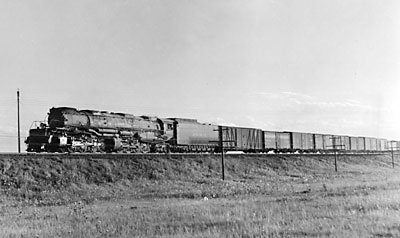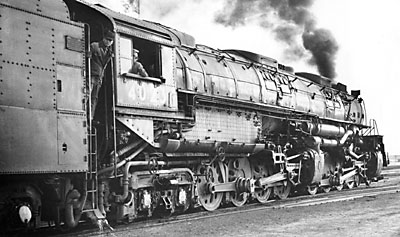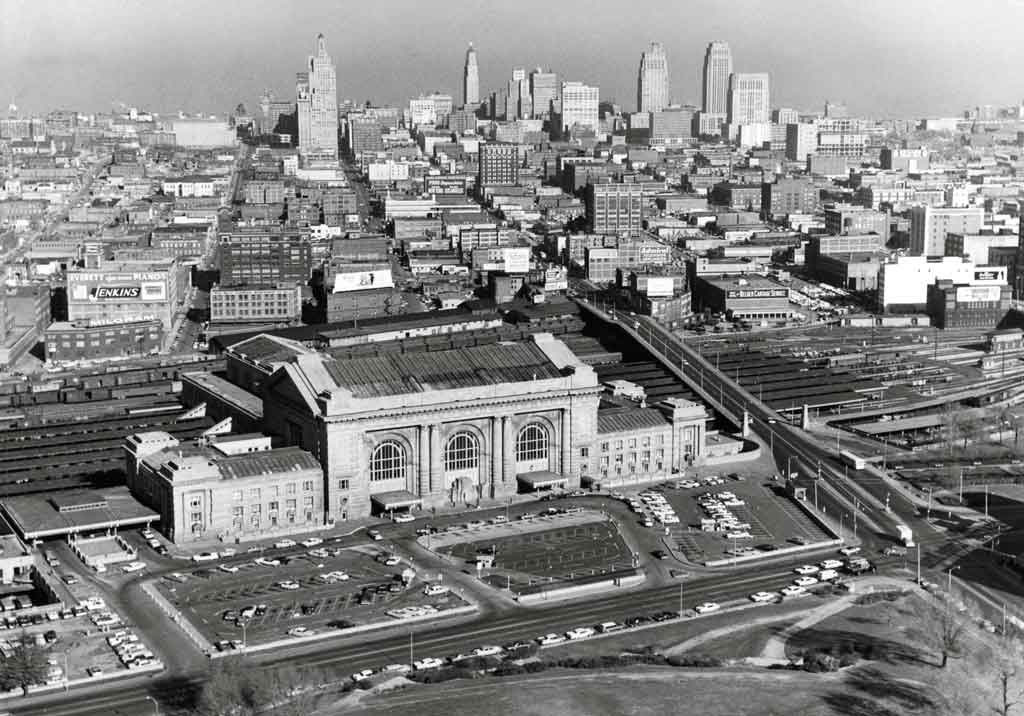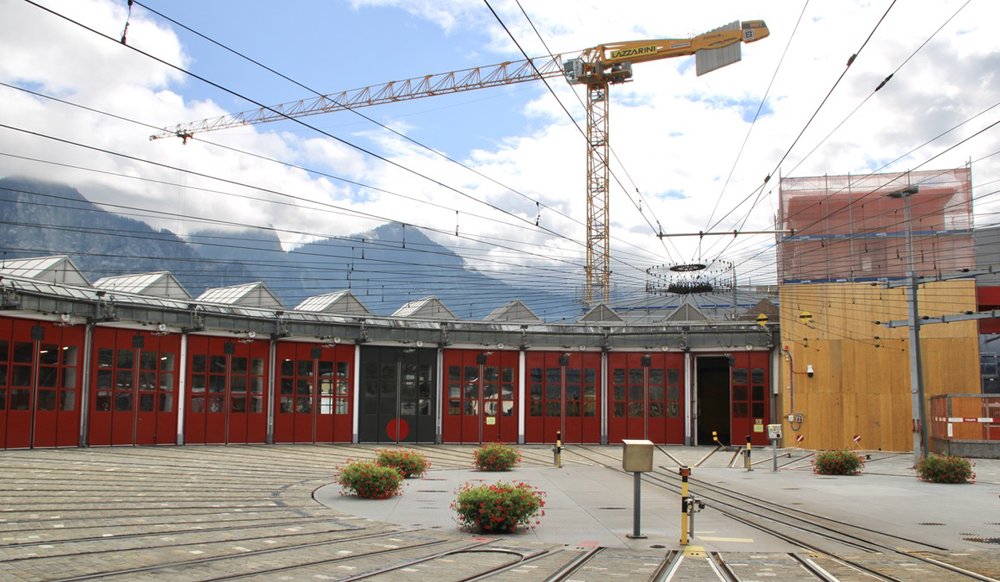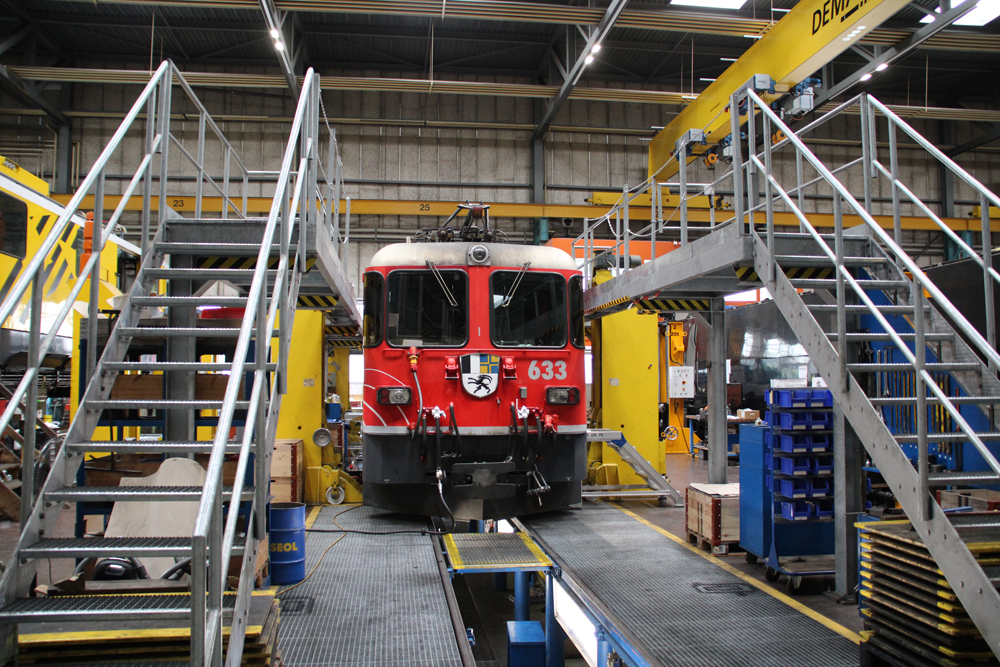The proving ground for Union Pacific’s locomotives was a 75-mile portion of its busy main line between Ogden, Utah, and Evanston, Wyo. Eastward trains faced a climb through the Wasatch Mountains on grades of 1 percent or better. It was an expensive line to operate, particularly given UP’s practice of running big trains that typically required doubleheading for the entire 75 miles.
The railroad was constantly looking for new power that could single-handedly take a full tonnage train upgrade at the posted track speeds of 30-45 mph. Over time, the railroad had used 2-10-2s, 2-8-8-0s, 4-12-2s, and most recently 4-6-6-4s – each engine representing an improvement over its predecessors.
But the situation was never static. Train sizes continued to grow, and when they outstripped the capacity of the engines in service, UP went shopping for bigger locomotives.
In 1940, with the war in Europe heating up, the railroad decided it needed a larger locomotive than the Challenger to tame the Wasatch. In collaboration with the Alco, Union Pacific set about designing what would be (together with the C&O’s 2-6-6-6 Allegheny) the largest steam locomotive ever built: the 4-8-8-4.
It was, more or less, an eight-coupled Challenger. The locomotive boasted both the adhesion of an eight-coupled articulated, needed to haul heavy trains, and large 68-inch driving wheels (only 1-2 inches smaller than those on the Challenger), to reach speeds of 70 mph. The resulting engine produced 135,375 lbs. of tractive effort, and it was a very big locomotive – weighing in at 762,000 lbs.
Union Pacific took delivery of twenty engines in 1941 and put them to work on the Wasatch range. One of these engines left the factory with the name “Big Boy” chalked on the smokebox door, and thereafter, the type was known as the Big Boy. Five more were built in 1944.
In order to operate the huge locomotives, UP had to rebuild the routes over which they would be used. Many curves and sidings were realigned to accommodate the engines’ substantial overhang.
As World War II progressed, the Big Boys’ operational territory was extended east from Evanston to Green River, Rawlins, Laramie, and Cheyenne. Provisions were made to operate them further west, too, on the Los Angeles & Salt Lake and Oregon Short Line divisions, should that have been necessary.
Near the end of steam the Big Boys called Sherman Hill home, as they shuttled trains between Cheyenne and Laramie, Wyo., and made occasional trips south to Denver.
The Big Boys were among the last active Union Pacific steam locomotives. Their fires were ultimately dropped in July 1959.
Fortunately, the railroad was very generous in helping to preserve these engines. Eight have been saved.





